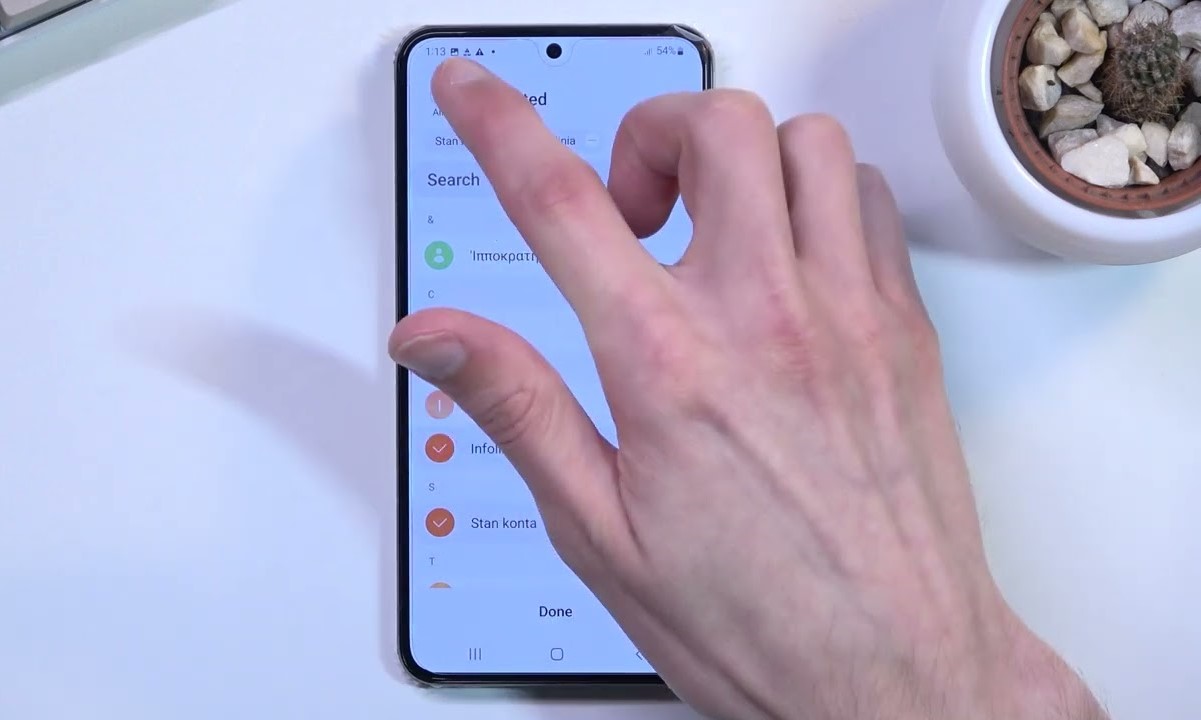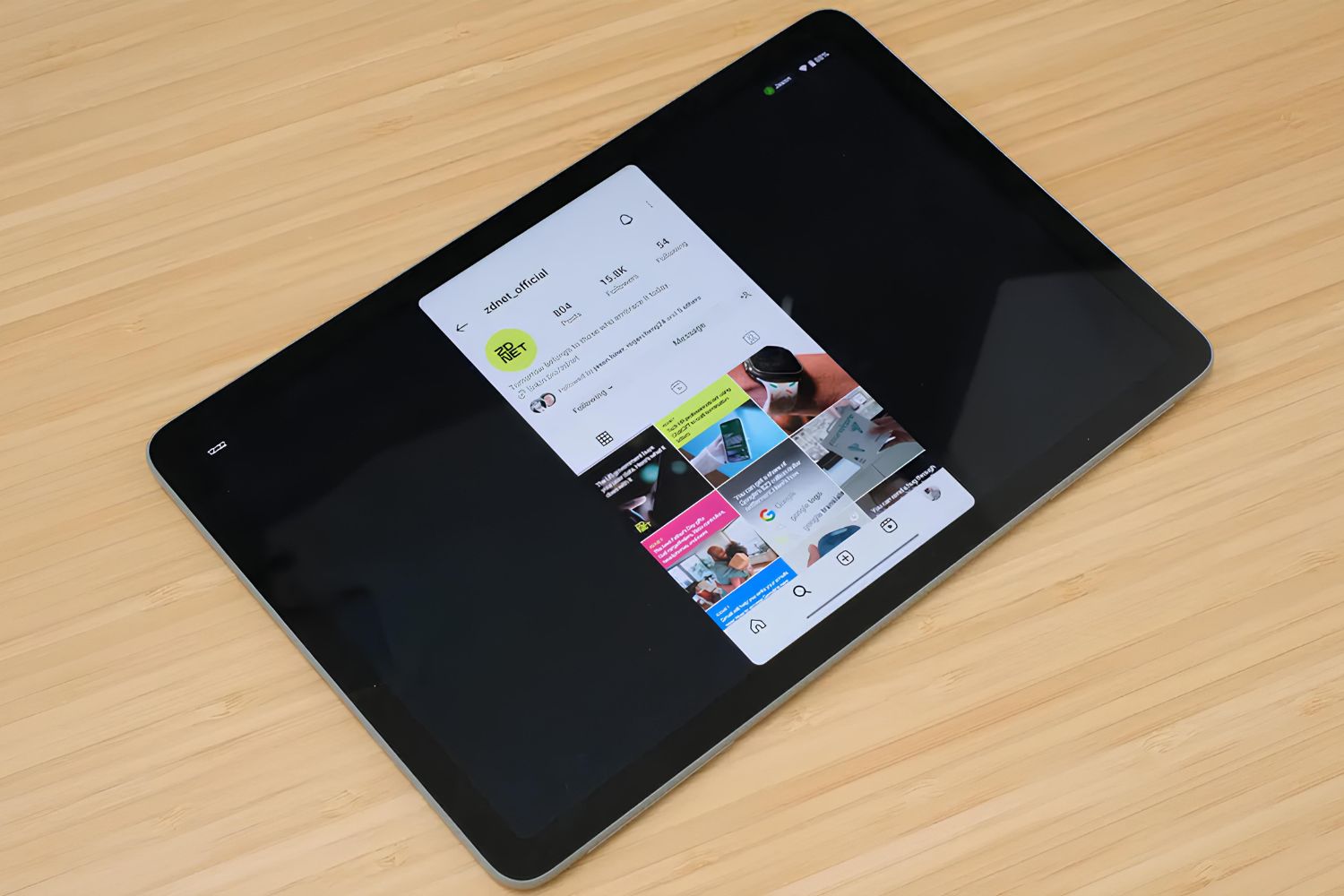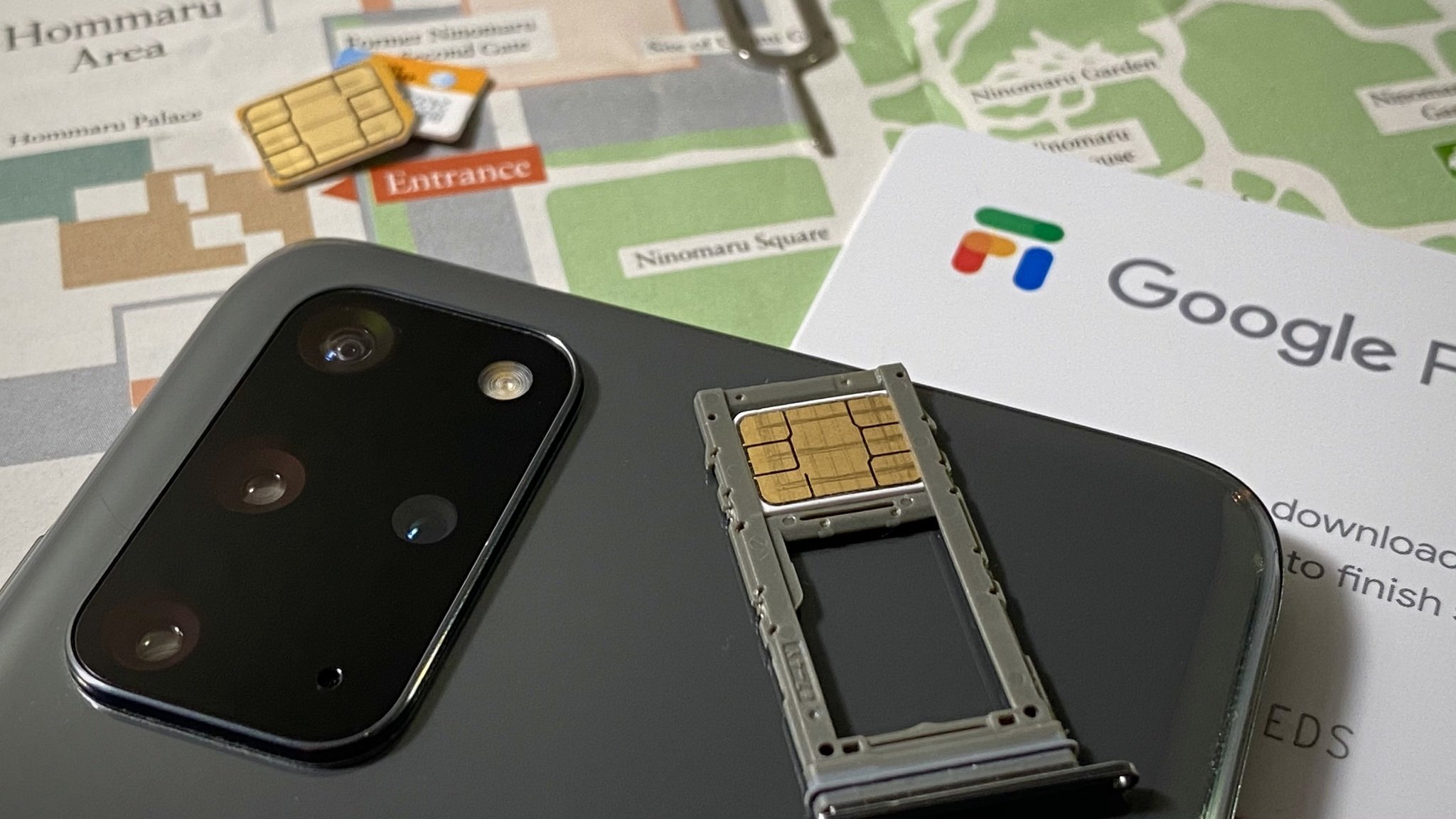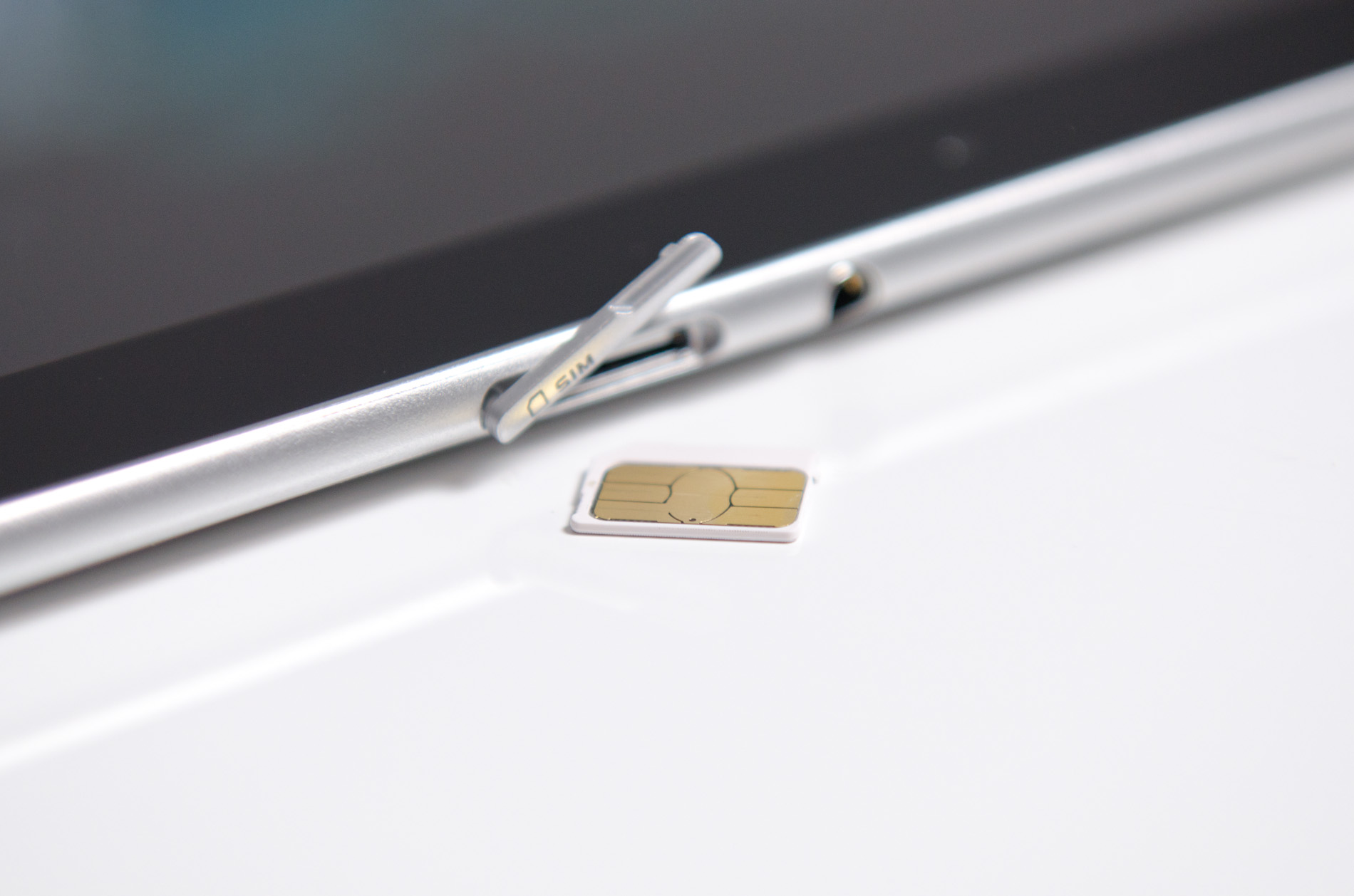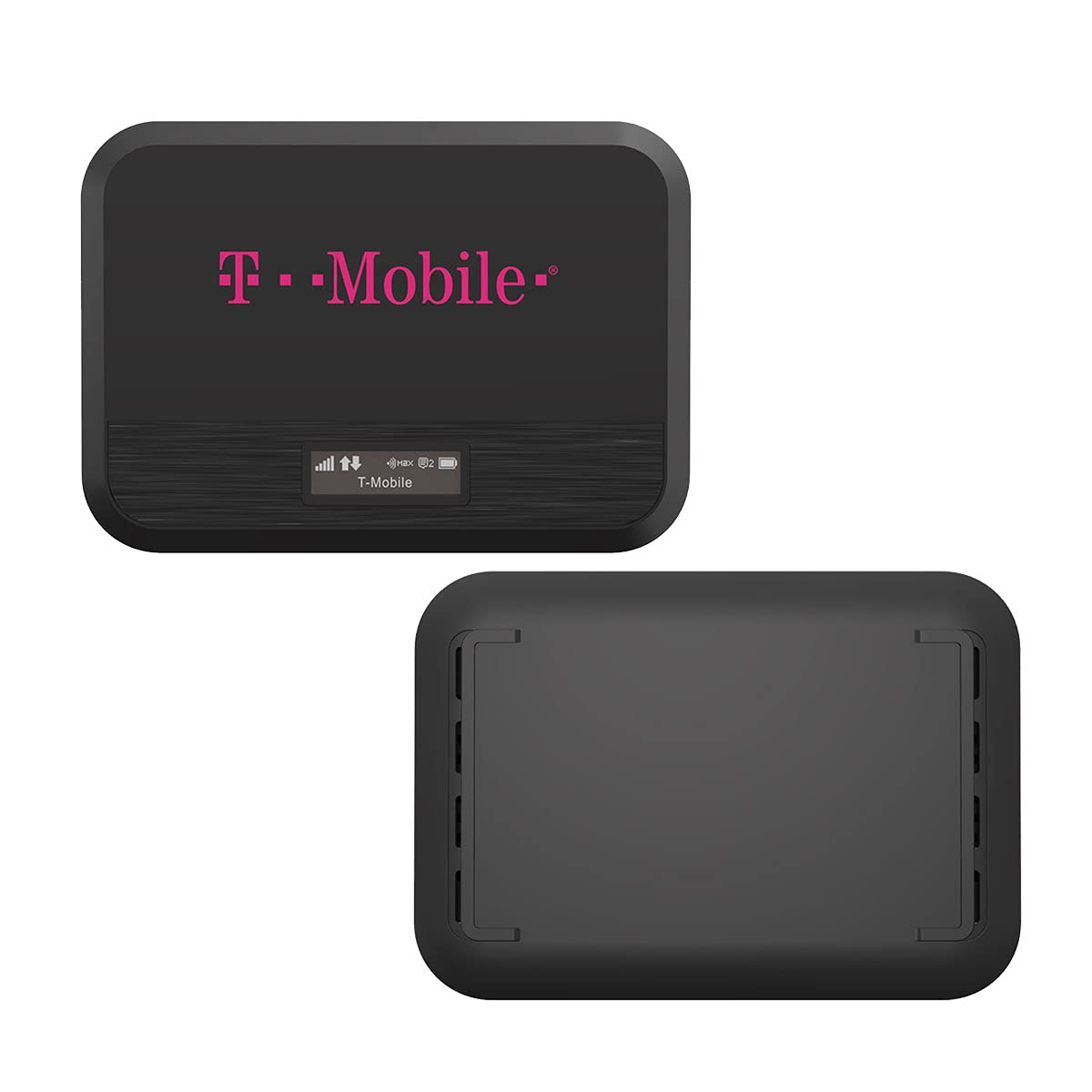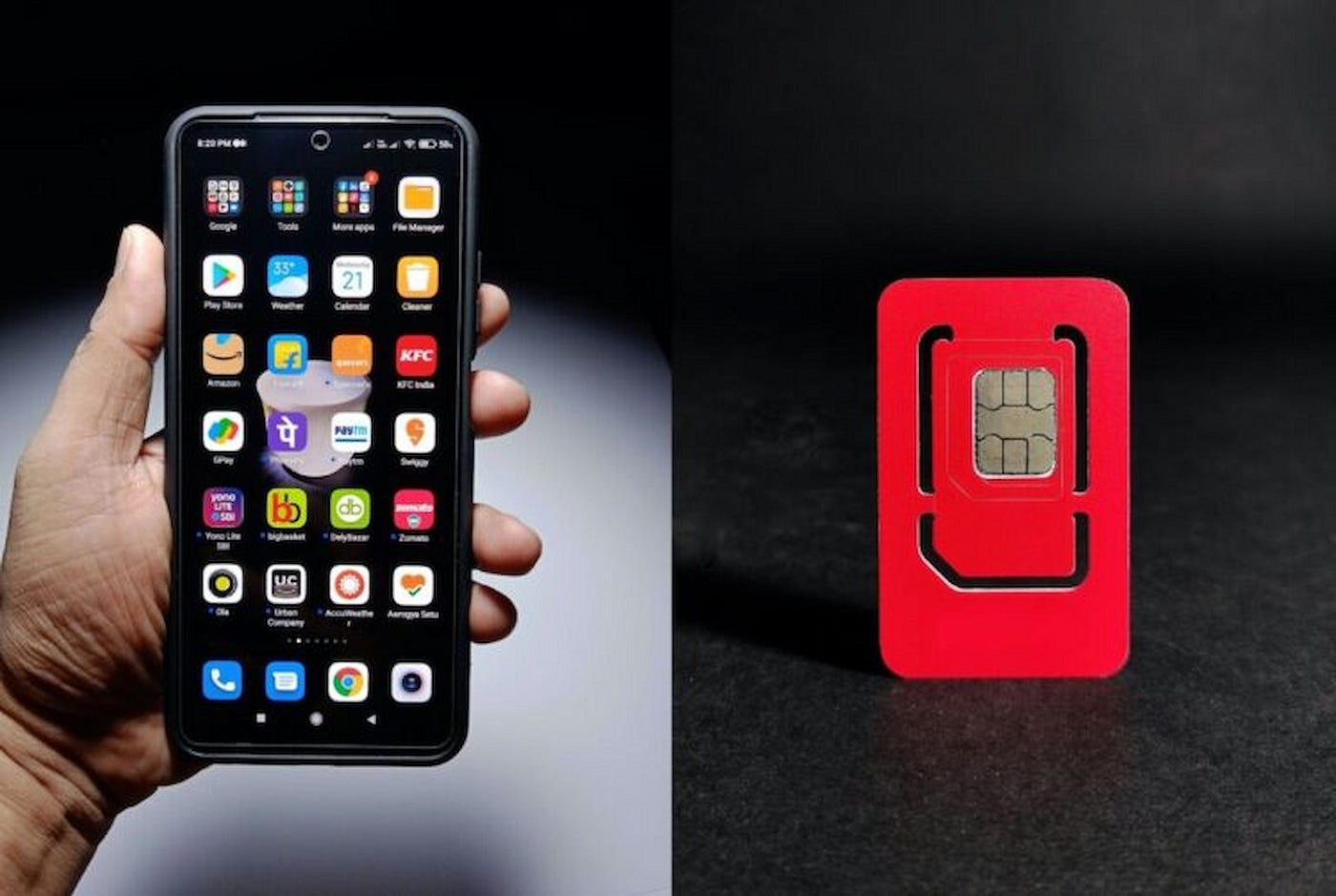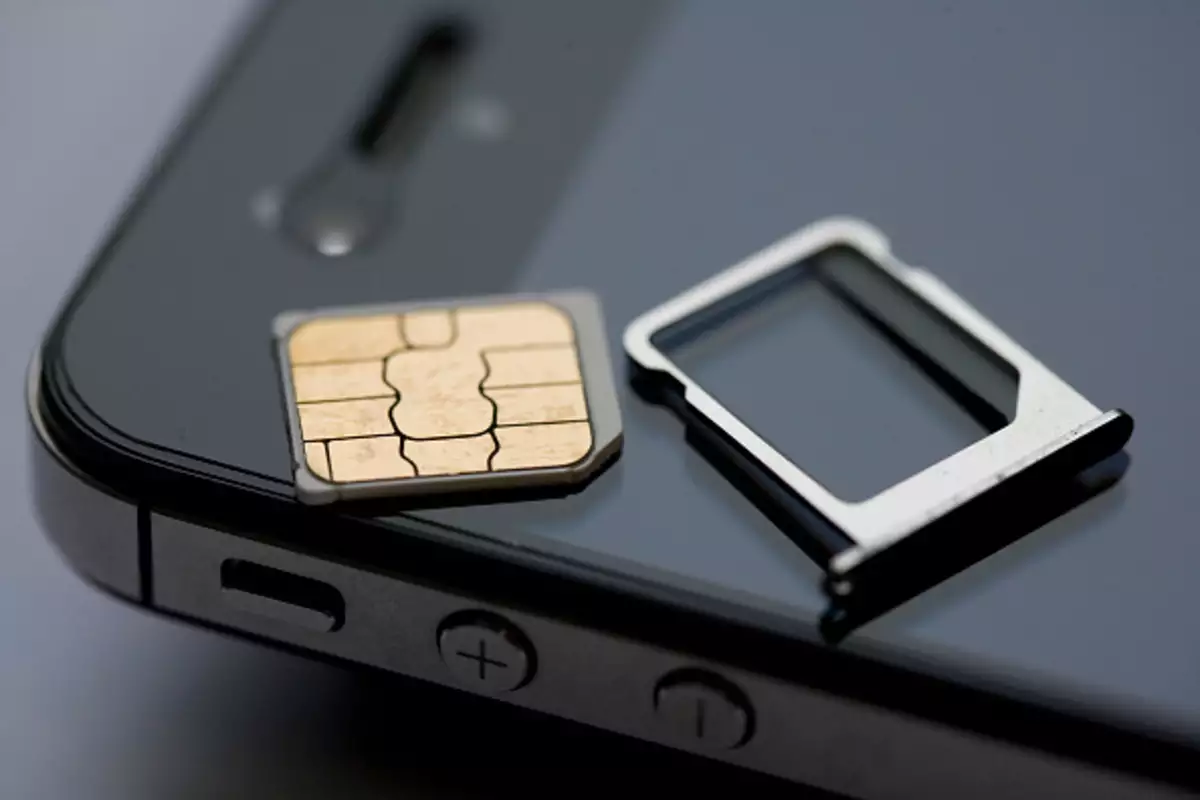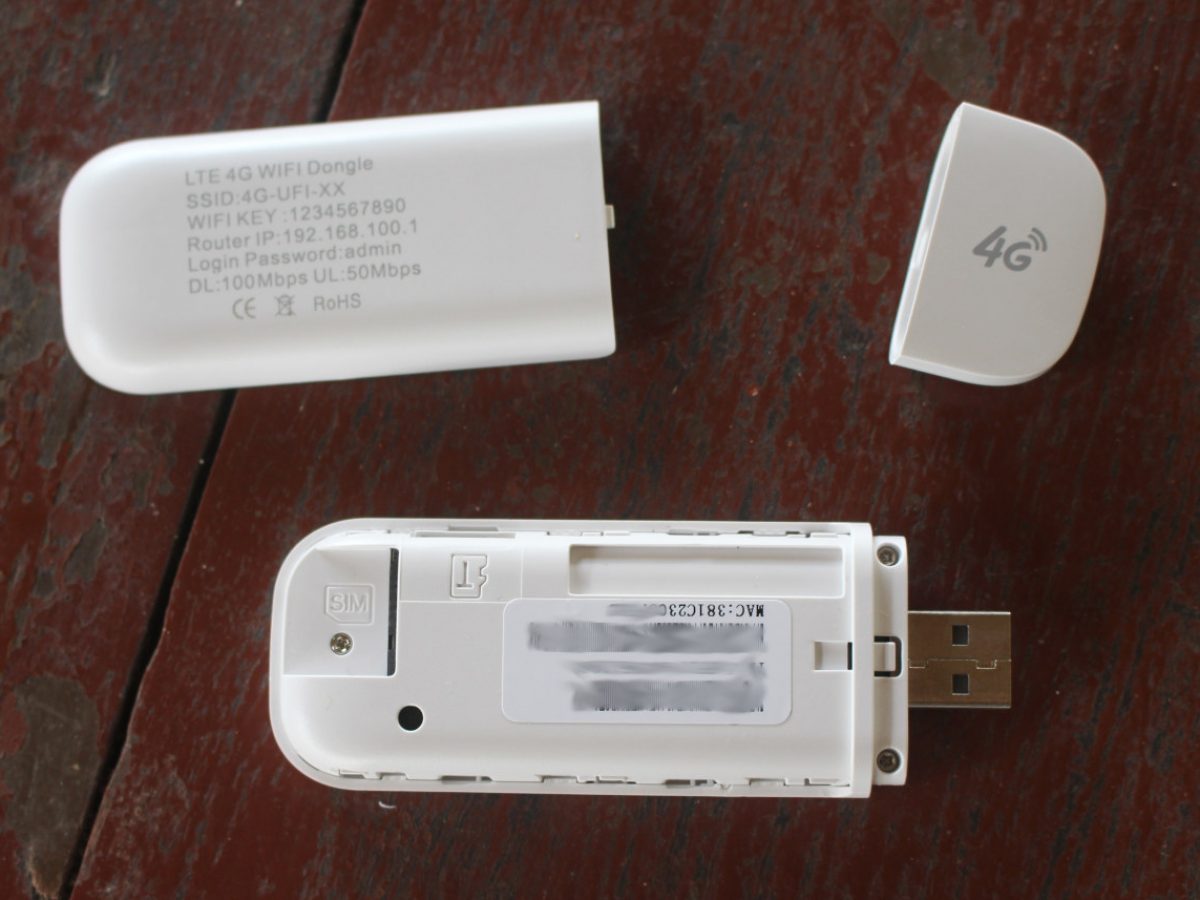Introduction
Ensuring that your SIM card is in proper working condition is essential for seamless communication and connectivity on your mobile device. Whether you're setting up a new phone or troubleshooting an existing issue, being able to verify the functionality of your SIM card is a fundamental skill for any mobile device user. This quick guide will walk you through the simple yet crucial steps to determine if your SIM card is operational.
A malfunctioning SIM card can lead to various issues, such as the inability to make or receive calls, connect to a mobile network, or access mobile data. By following the steps outlined in this guide, you can quickly assess the status of your SIM card and take appropriate action to resolve any potential issues.
Understanding the status of your SIM card is especially vital in situations where you may be experiencing connectivity problems or if you've recently acquired a new SIM card. By familiarizing yourself with the process of checking your SIM card, you can troubleshoot common mobile device issues and ensure that your communication channels remain open and reliable.
The steps provided in this guide are designed to be straightforward and easy to follow, requiring no specialized technical knowledge. By taking a few moments to go through these steps, you can gain valuable insights into the status of your SIM card, empowering you to address any potential issues and enjoy uninterrupted communication and connectivity on your mobile device.
Step 1: Inserting the SIM card
Inserting the SIM card is the initial step in ensuring that your mobile device is equipped to establish a connection with your mobile network. The SIM card, or Subscriber Identity Module, is a small, removable card that stores crucial information such as your phone number, network authorization details, and contacts. Properly inserting the SIM card is essential for enabling your device to access mobile services.
To begin, locate the SIM card tray on your mobile device. The location of the SIM card tray may vary depending on the device model, but it is commonly found on the side of the phone or beneath the back cover. Once you have identified the SIM card tray, use the SIM eject tool or a small paperclip to gently press the SIM card tray eject button. This will release the SIM card tray, allowing you to carefully remove it from the device.
Next, place the SIM card on the SIM card tray, ensuring that it aligns with the designated grooves and contacts. Most SIM cards are designed with a notch to indicate the correct orientation for insertion. Take care to position the SIM card accordingly to prevent any potential damage to the card or the device.
After securely placing the SIM card on the tray, gently slide the tray back into the device until it fits snugly. It is important to handle the SIM card and tray with care to avoid bending or damaging the delicate components. Once the tray is securely inserted, you can power on your device and proceed to verify the status of the SIM card.
By following these simple steps to insert the SIM card, you ensure that your mobile device is equipped with the necessary components to establish a connection with your mobile network. This foundational step sets the stage for the subsequent checks to determine the functionality of your SIM card, allowing you to proceed with confidence as you assess the status of your mobile connectivity.
Ensuring that the SIM card is correctly inserted is a fundamental aspect of maintaining seamless communication and connectivity on your mobile device. With the SIM card securely in place, you are ready to proceed to the next steps in checking the status of your SIM card and ensuring that your mobile device is fully equipped to keep you connected.
Step 2: Restarting your phone
Restarting your phone is a simple yet effective troubleshooting step that can help resolve a wide range of mobile device issues, including potential SIM card connectivity issues. By performing a restart, you can refresh the device's operating system and clear any temporary glitches that may be impacting the functionality of the SIM card.
To initiate a restart, begin by pressing and holding the power button on your mobile device. Depending on the device model, the power button is typically located on the side or top of the phone. After holding the power button for a few seconds, a menu should appear on the screen, prompting you to power off or restart the device. Select the "Restart" option to initiate the process.
As the device restarts, the operating system undergoes a systematic shutdown and reboot sequence, allowing it to recalibrate and clear any temporary system errors. During this process, the device's components, including the SIM card interface, are reset, potentially resolving any underlying connectivity issues that may have been affecting the SIM card's functionality.
After the device has fully restarted, it's important to allow it a few moments to reconnect to the mobile network and establish a stable connection. Once the device has fully powered back on, proceed to check for the presence of a signal and the ability to make a test call, as outlined in the subsequent steps of this guide.
By incorporating the step of restarting your phone into the process of checking your SIM card, you introduce a proactive measure to address potential connectivity issues. This simple action can often clear temporary system hiccups and provide a fresh start for the device's components, including the SIM card interface.
Restarting your phone is a fundamental troubleshooting step that is widely recommended by mobile device experts. Its effectiveness in resolving various issues, including those related to SIM card connectivity, makes it an essential part of the process of verifying the status of your SIM card and ensuring uninterrupted communication and connectivity on your mobile device.
Step 3: Checking for signal
Once you have inserted the SIM card and restarted your phone, the next crucial step is to check for the presence of a signal on your mobile device. A strong signal is indicative of a robust connection to your mobile network, enabling you to make and receive calls, send text messages, and access mobile data services.
To check for the signal, look for the signal strength indicator on your device's screen. This indicator is typically represented by a set of bars or visual signal strength meters, located in the status bar at the top or bottom of the screen. The number of bars or the strength of the visual indicator provides a quick assessment of the signal reception in your current location.
Ideally, a strong signal is represented by a full set of bars or a visual indicator showing a high signal strength. This indicates that your device is well within range of the mobile network's coverage area, ensuring reliable connectivity for voice calls and data usage. Conversely, a weak signal, indicated by fewer bars or a low signal strength visual indicator, may suggest that your device is located in an area with limited network coverage.
In the event that your device displays a weak or no signal, it's important to consider your current location and surroundings. Factors such as being indoors, in a remote area, or surrounded by physical obstructions can impact signal reception. Moving to an open area or near a window, if indoors, can often improve signal strength and aid in establishing a stable connection to the mobile network.
Additionally, if you are in an area known for poor network coverage, such as underground spaces or remote rural areas, it's important to consider alternative locations where signal reception may be stronger. By assessing the signal strength in different areas, you can identify the optimal location for reliable connectivity and communication on your mobile device.
Checking for a strong signal is a pivotal step in verifying the functionality of your SIM card and ensuring that your mobile device is capable of establishing a stable connection to the mobile network. A strong signal is essential for seamless communication and reliable access to mobile services, making it imperative to assess and address any signal-related issues as part of the process of checking your SIM card.
By thoroughly examining the signal strength and taking into account environmental factors that may impact signal reception, you can gain valuable insights into the status of your SIM card and make informed decisions to optimize your mobile connectivity. This proactive approach empowers you to address potential signal-related challenges and maintain uninterrupted communication on your mobile device.
Step 4: Making a test call
Making a test call is a pivotal step in the process of checking the functionality of your SIM card and ensuring that your mobile device is capable of establishing voice communication. By initiating a test call, you can directly assess the ability of your device to connect to the mobile network and engage in voice conversations, providing valuable insights into the status of your SIM card's functionality.
To make a test call, access the phone app on your mobile device and proceed to dial a familiar number, such as a friend or family member. Initiating a call to a known contact enables you to gauge the device's ability to establish a connection and engage in a voice conversation, serving as an effective method to verify the functionality of your SIM card.
As the call is placed, pay attention to the call initiation process, including the presence of the dialing tone, the connection establishment, and the clarity of the call. A successful test call, characterized by a prompt connection and clear voice transmission, indicates that your device is effectively linked to the mobile network through the SIM card, affirming its operational status.
In the event that the test call encounters difficulties, such as an inability to connect, call dropouts, or poor call quality, it may signify potential issues with the SIM card's connectivity or the device's ability to access the mobile network. These indicators prompt a closer assessment of the SIM card and the surrounding factors that may influence its functionality.
Additionally, while making the test call, consider the location and surroundings to identify potential environmental factors that may impact call quality and connectivity. Factors such as being in a crowded area or an area with known signal interference can influence the test call experience, providing valuable insights into the conditions that may affect your device's connectivity.
By initiating a test call and carefully observing the call initiation process and call quality, you can gain valuable insights into the status of your SIM card and its ability to facilitate voice communication on your mobile device. This proactive step enables you to directly assess the functionality of the SIM card and take informed actions to address any potential connectivity issues, ensuring uninterrupted voice communication on your mobile device.
Making a test call serves as a direct and effective method to verify the operational status of your SIM card, providing essential insights into the device's ability to establish voice communication and access the mobile network. By incorporating this step into the process of checking your SIM card, you empower yourself to address potential voice communication challenges and maintain seamless connectivity on your mobile device.
Step 5: Testing data connectivity
Testing data connectivity is a crucial step in assessing the functionality of your SIM card and ensuring that your mobile device is capable of accessing mobile data services. In today's interconnected world, the ability to seamlessly connect to the internet, access online content, and utilize data-dependent applications is integral to the mobile experience. By conducting a comprehensive test of data connectivity, you can gain valuable insights into the status of your SIM card and address any potential data access issues.
To begin testing data connectivity, navigate to the settings menu on your mobile device and locate the "Network & Internet" or "Connections" section, depending on the device's operating system. Within this section, you will find options to manage various network-related settings, including mobile data. Ensure that the mobile data option is enabled to allow your device to utilize mobile data services.
Once mobile data is enabled, proceed to open a web browser or a data-dependent application, such as a social media platform or a news app. Attempt to load a webpage or access content within the application to gauge the responsiveness and speed of the data connection. A successful data connectivity test is characterized by prompt webpage loading times and smooth access to online content, indicating that your device is effectively utilizing mobile data services through the SIM card.
In the event that you encounter difficulties in accessing online content or experience slow data speeds, it may signify potential issues with data connectivity. Factors such as network congestion, signal interference, or data service limitations can impact the performance of mobile data. Consider moving to an area with stronger signal reception or less network congestion to assess if the data connectivity improves, providing valuable insights into the environmental factors that may influence data access.
Additionally, if your device supports Wi-Fi connectivity, consider connecting to a Wi-Fi network to determine if the data access issues persist across different network types. Connecting to a Wi-Fi network allows you to isolate potential mobile data-related issues and assess the device's ability to access online content through an alternative network, aiding in the troubleshooting process.
By thoroughly testing data connectivity and assessing the responsiveness of mobile data services, you can gain comprehensive insights into the status of your SIM card and its ability to facilitate data access on your mobile device. This proactive approach empowers you to address potential data connectivity challenges and optimize your mobile data experience, ensuring seamless access to online content and data-dependent applications.
Testing data connectivity serves as a pivotal step in the process of checking your SIM card, providing essential insights into the device's ability to access mobile data services and utilize online content. By incorporating this step into the assessment of your SIM card, you equip yourself with the knowledge to address potential data access issues and maintain a reliable and responsive data connection on your mobile device.
Conclusion
In conclusion, the process of checking the functionality of your SIM card is essential for ensuring seamless communication and connectivity on your mobile device. By following the steps outlined in this guide, you can gain valuable insights into the status of your SIM card and take proactive measures to address any potential issues that may impact your mobile experience.
From the initial step of inserting the SIM card to testing data connectivity, each stage of the assessment process provides valuable information about the operational status of your SIM card. Ensuring that the SIM card is securely inserted sets the foundation for subsequent checks, allowing you to proceed with confidence as you evaluate the device's connectivity.
The step of restarting your phone serves as a proactive measure to address potential system glitches that may impact the SIM card's functionality. By initiating a restart, you provide the device with an opportunity to recalibrate and clear any temporary errors, enhancing its ability to establish a stable connection to the mobile network.
Checking for the presence of a signal and making a test call directly assess the device's ability to engage in voice communication, providing crucial insights into the operational status of the SIM card. A strong signal and successful test call affirm the device's connectivity, while any difficulties encountered prompt a closer assessment of potential connectivity issues.
Testing data connectivity represents the final stage of the assessment process, allowing you to gauge the device's ability to access mobile data services. By thoroughly testing data connectivity, you gain comprehensive insights into the responsiveness of mobile data, empowering you to address potential data access issues and optimize your data experience.
By incorporating these steps into the process of checking your SIM card, you equip yourself with the knowledge to address potential connectivity challenges and maintain uninterrupted communication and data access on your mobile device. Whether you are setting up a new phone or troubleshooting connectivity issues, the ability to assess the functionality of your SIM card is a fundamental skill for any mobile device user.
In conclusion, the steps outlined in this guide provide a comprehensive framework for evaluating the status of your SIM card and ensuring that your mobile device remains fully equipped to keep you connected. By familiarizing yourself with the process of checking your SIM card, you empower yourself to address potential issues and maintain a seamless and reliable mobile experience.







